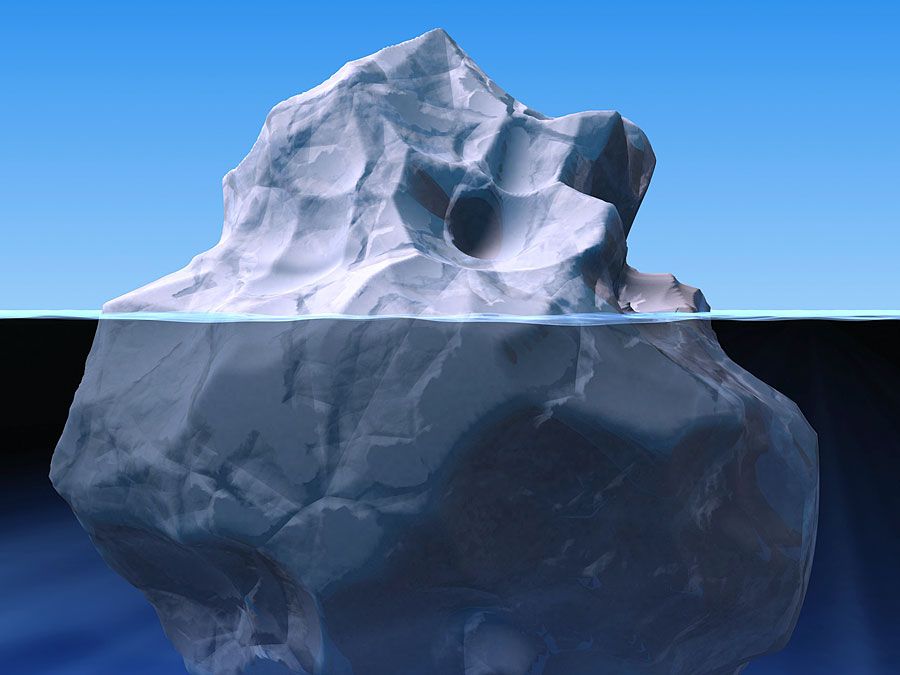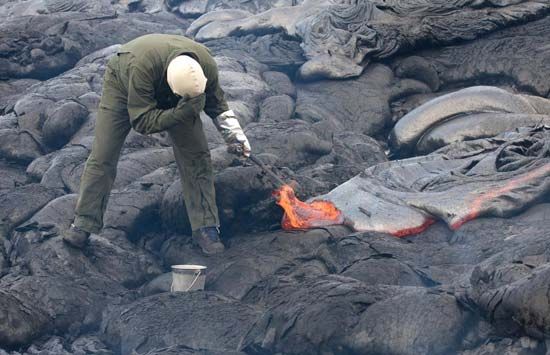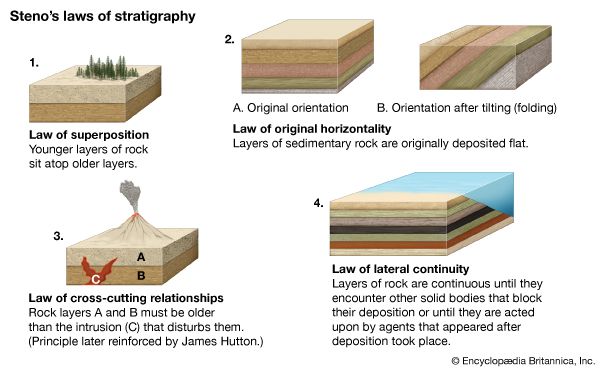The origin of the Nile
Our editors will review what you’ve submitted and determine whether to revise the article.
- Key People:
- Arnold Henry Guyot
Of all the rivers known to the ancients, the Nile was most puzzling with regard to its sources of water. Not only does this river maintain its course up the length of Egypt through a virtually rainless desert, but it rises regularly in flood once each year.
Speculations on the strange behaviour of the Nile were many, varied, and mostly wrong. Thales suggested that the strong winds that blow southward over the delta in summertime hold back the flow of the river and cause the waters to rise upstream in flood. Oenopides of Chios (flourished c. 475 bce) thought that heat stored in the ground during the winter dries up the underground veins of water so that the river shrinks. In the summer the heat disappears, and water flows up into the river, causing floods. In the view of Diogenes of Apollonia (flourished c. 435 bce), the Sun controls the regimen of the stream. The idea that the Nile waters connect with the sea is an old one, tracing back to the geographic concepts of Hecataeus of Miletus (c. 520 bce). Reasonable explanations related the discharge of the Nile to precipitation in the headwater regions, as snow (Anaxagoras of Clazomenae, c. 500–428 bce) or from rain that filled lakes supposed to have fed the river (Democritus of Abdera, c. 460–c. 357 bce). Eratosthenes (c. 276–194 bce), who had prepared a map of the Nile valley southward to the latitude of modern Khartoum, anticipated the correct answer when he reported that heavy rains had been observed to fall in the upper reaches of the river and that these were sufficient to account for the flooding.
Knowledge of the tides
The tides of the Mediterranean, being inconspicuous in most places, attracted little notice from Greek and Roman naturalists. Poseidonius (135–50 bce) first correlated variations in the tides with phases of the Moon. By contrast, the tides along the eastern shores of Asia generally have a considerable range and were the subject of close observation and much speculation among the Chinese. In particular, the tidal bore on the Qiantang River near Hangzhou attracted early attention; with its front ranging up to 3.7 metres in height, this bore is one of the largest in the world. As early as the 2nd century bce, the Chinese had recognized a connection between tides and tidal bores and the lunar cycle.
Prospecting for groundwater
Although the origin of the water in the Earth that seeps or springs from the ground was long the subject of much fanciful speculation, the arts of finding and managing groundwater were already highly developed in the 8th century bce. The construction of long, hand-dug underground aqueducts (qanāts) in Armenia and Persia represents one of the great hydrologic achievements of the ancient world. After some 3,000 years qanāts are still a major source of water in Iran.
In the 1st century bce Vitruvius (Marcus Vitruvius Pollio), a Roman architect and engineer, described methods of prospecting for groundwater in his De architectura libri decem (The Architecture of Marcus Vitruvius Pollio, in Ten Books). To locate places where wells should be dug, he recommended looking for spots where mist rises in early morning. More significantly, Vitruvius had learned to associate different quantities and qualities of groundwater with different kinds of rocks and topographic situations.

After the inspired beginnings of the ancient Greeks, Romans, Chinese, and Arabs, little or no new information was collected, and no new ideas were produced throughout the Middle Ages, appropriately called the Dark Ages. It was not until the Renaissance in the early 16th century that the Earth sciences began to develop again.
The 16th–18th century
Geologic sciences
Ore deposits and mineralogy
A common belief among alchemists of the 16th and 17th centuries held that metalliferous deposits were generated by heat emanating from the centre of Earth but activated by the heavenly bodies.
The German scientist Georgius Agricola has, with much justification, been called the father of mineralogy. Of his seven geologic books, De natura fossilium (1546; “On Natural Fossils”) contains his major contributions to mineralogy and, in fact, has been called the first textbook on that subject. In Agricola’s time and well into the 19th century, fossil was a term that could be applied to any object dug from the Earth. Thus, Agricola’s classification of fossils provided pigeonholes for organic remains, such as ammonites, and for rocks of various kinds in addition to minerals. Individual kinds of minerals, their associations and manners of occurrence, are described in detail, many for the first time.
With the birth of analytical chemistry toward the latter part of the 18th century, the classification of minerals on the basis of their composition at last became possible. The German geologist Abraham Gottlob Werner was one of those who favoured a chemical classification in preference to a “natural history” classification based on external appearances. His list of several classifications, published posthumously, recognized 317 different substances ordered in four classes.

















